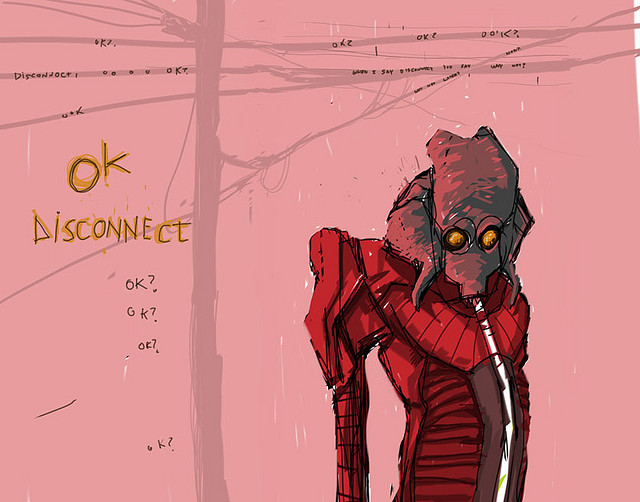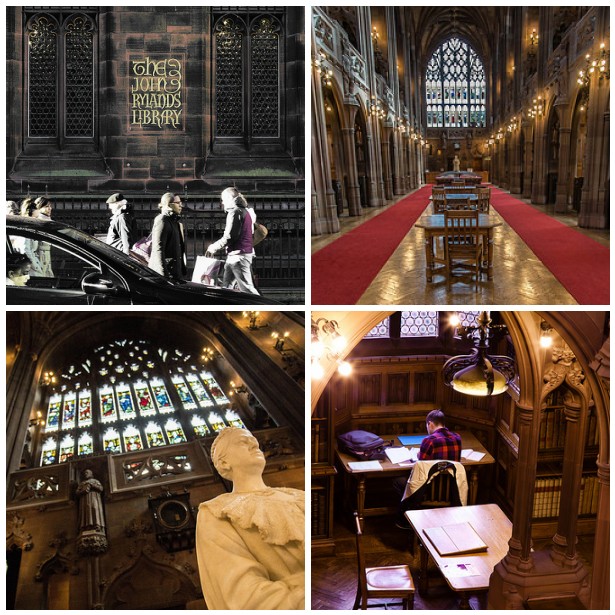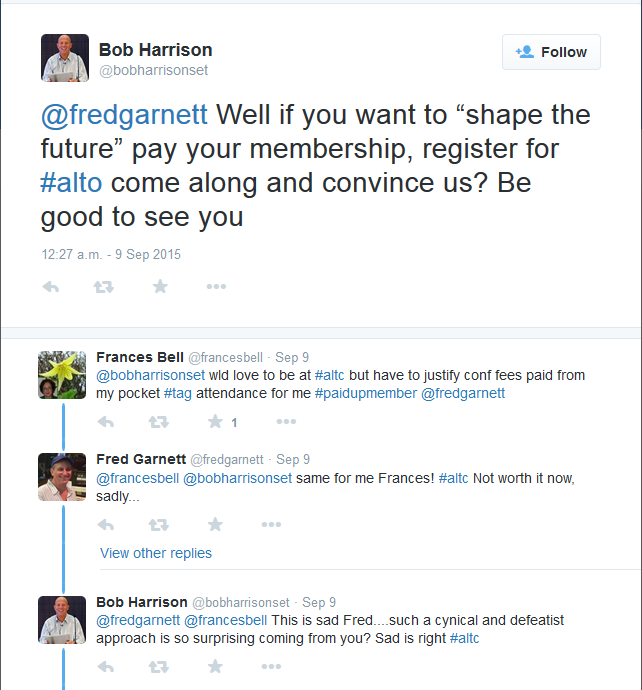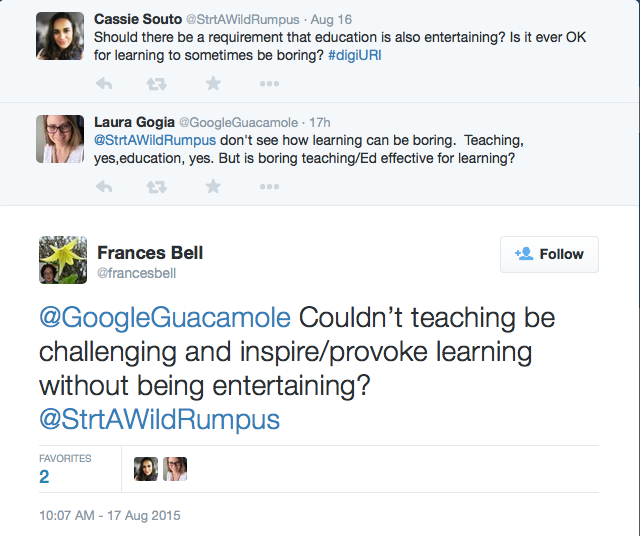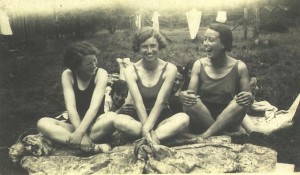
My dear mother Elise Crampsey (later Richardson) 1916-1990 was named Elizabeth (a family name) that was adapted to a French variant in recognition of what was happening in France in 1916 around the time of her birth in Grangemouth, Scotland. She was the oldest of 7 children born into in a working class family whose father, Francis Crampsey, died of pneumonia (in the days before penicillin) when she was 14 and her youngest sibling was a toddler. Her mother, Margaret, knew how to feed a family well on a very limited budget, and passed on these skills to her daughters, at least, and many of her descendants, male and female, are and have been excellent cooks – what a legacy!
Two things I learned from my mother’s cooking was the value of ingredients, and the importance of what you did with them. In the 1960s, as we travelled in Europe and extended our repertoire of menus, she sought out new recipes and ingredients. Despite the appearance of more exotic dishes, a Christmas staple persisted – the soup from the turkey carcass, because my mother who started her family during WW2 wasted little or nothing. As soon as the turkey was stripped, the carcass was put in the pressure cooker to make the richest stock of the year, and on Boxing Day or the next day, the soup was made.
Now I can’t say that this recipe was exactly from my mother’s childhood (it was never written down) but it’s my recollection of what she made in her later years and it tastes lovely. My version includes stock from a ham that my son Tom cooked on Christmas Day (for his next family destination) but it doesn’t really matter. As long as you have some of the turkey stock, you can make up the volume with water to match the vegetables you have. If you don’t have a pressure cooker, just cook it for longer on the hob in an ordinary pan.
First step – Making the stock
Put the turkey carcass and any left over veg (but not the gravy, save that for other leftover meals) in the pressure cooker and cover with water. Bring to pressure and cook for 30 minutes (cook for longer if you don’t have a pressure cooker). Drain and leave to cool. It will form a sort of jelly with what Elise called a ‘lid’ of fat. Remove this lid with a fish slice – it will scrape off.
Making the Soup

Ingredients
3 leeks
3 carrots or more if they are skimpy
3 celery stalks
Turkey/Ham stock made up with water to cover contents of pan
1 or 2 tins of chopped tomatoes
2 handfuls of long grain rice
salt/pepper (to taste)
Method
Sweat the chopped leek, carrots and celery in a little oil for 15 minutes. Then add the stock, tomatoes and rice with a bit of salt/pepper. Bring to to pressure in pressure cooker and cook for 15 minutes, or maybe an hour in an ordinary pot. The rice should have exploded into a curl. This is not essential – it will taste delicious and may need a little more seasoning.

Enjoy!





